Spatiotemporal Environmental Health Modelling: A Tractatus Stochasticus
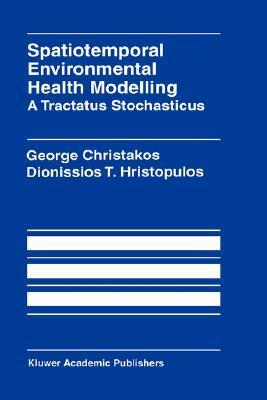
Summary
Spatiotemporal Environmental Health A Tractatus Stochasticus provides a holistic, conceptual and quantitative framework for Environmental Health Modelling in space-time. The holistic framework integrates two aspects of Environmental Health Science that have been previously treated the environmental aspect, which involves the natural processes that bring about human exposure to harmful substances; and the health aspect, which focuses on the interactions of these substances with the human body. Some of the fundamental issues addressed in this work include variability, scale, uncertainty, and space-time connectivity. These topics are important in the characterization of natural systems and health processes.
Spatiotemporal Environmental Health A Tractatus Stochasticus explains why modern stochastics is the appropriate mechanical vehicle for addressing such issues in a rigorous way. In particular, modern stochastics incorporates concepts and methods from probability, classical statistics, geostatistics, statistical mechanics and field theory. The authors present a synthetic view of environmental health that embraces all of the various components and focuses on their mutual interactions.
Spatiotemporal Environmental Health A Tractatus Stochasticus includes new material on Bayesian maximum entropy estimation techniques and space-time random field estimation methods. The authors show why these methods have clear advantages over the classical geostatistical estimation procedures and how they can be used to provide accurate space-time maps of environmental health processes. Also included are expositions of diagrammatic perturbation and renormalization group analysis, which have not been previously discussed within the context of Environmental Health. Finally, the authors present stochastic indicators that can be used for large-scale characterization of contamination and investigations of health effects at the microscopic level.
This book will be a useful reference to both researchers and practitioners of Environmental Health Sciences. It will appeal specifically to environmental engineers, geographers, geostatisticians, earth scientists, toxicologists, epidemiologists, pharmacologists, applied mathematicians, physicists and biologists.
Similar Books
-
 Principles of Applied Geophysics
Principles of Applied Geophysicsby D.S. Parasnis
-
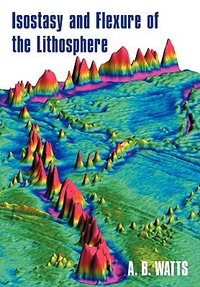 Isostasy and Flexure of the Lithosphere
Isostasy and Flexure of the Lithosphereby A.B. Watts
-
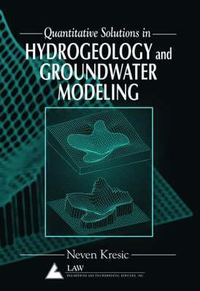 Hydrogeology and Groundwater Modeling
Hydrogeology and Groundwater Modelingby Neven Kresic
-
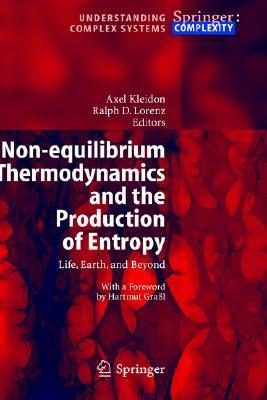
-
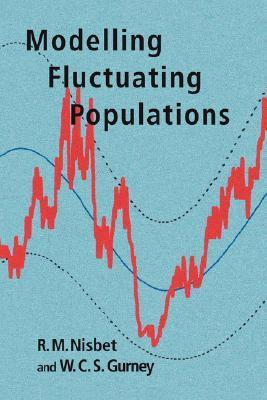 Modelling Fluctuating Populations
Modelling Fluctuating Populationsby Roger M. Nisbet
-
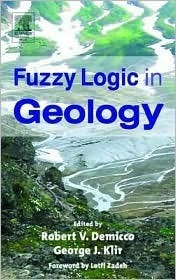 Fuzzy Logic in Geology
Fuzzy Logic in Geologyby Robert V. Demicco
-
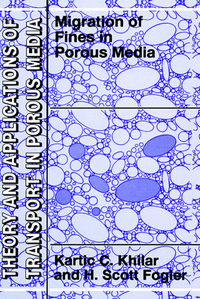 Migrations of Fines in Porous Media
Migrations of Fines in Porous Mediaby Kartic C. Khilar
-
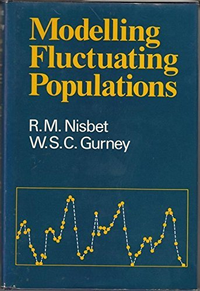 Modelling fluctuating populations
Modelling fluctuating populationsby Roger M. Nisbet
-

-
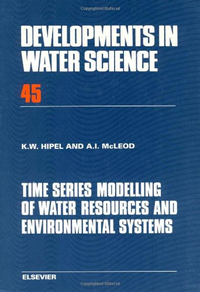
-
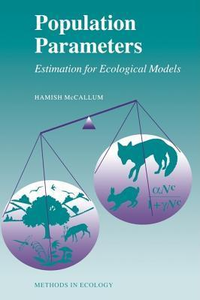 Population Parameters: Estimation for Ecological Models
Population Parameters: Estimation for Ecological Modelsby Hamish McCallum
-
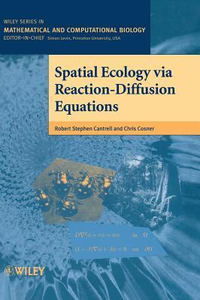 Spatial Ecology via Reaction-Diffusion Equations
Spatial Ecology via Reaction-Diffusion Equationsby Robert Stephen Cantrell
-
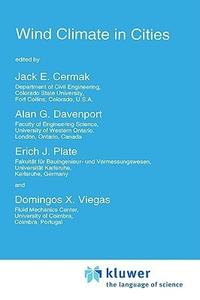 Wind Climate in Cities
Wind Climate in Citiesby Jack E. Cermak
-
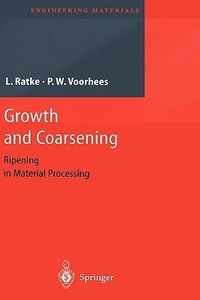 Growth and Coarsening: Ostwald Ripening in Material Processing
Growth and Coarsening: Ostwald Ripening in Material Processingby Lorenz Ratke
-
 Applied Hydrogeology for Scientists and Engineers
Applied Hydrogeology for Scientists and Engineersby Zekâi Şen
-
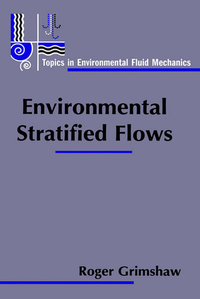 Environmental Stratified Flows
Environmental Stratified Flowsby Roger Grimshaw
-
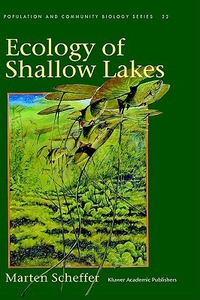 Ecology of Shallow Lakes (Population and Community Biology
Ecology of Shallow Lakes (Population and Community Biologyby M. Scheffer
-
 NUMERICAL OCEAN CIRCULATION MODELING
NUMERICAL OCEAN CIRCULATION MODELINGby Aike Beckmann
-
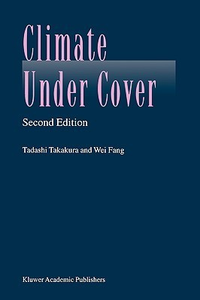 Climate Under Cover: Digital Dynamic Simulation in Plant Bio-Engineering
Climate Under Cover: Digital Dynamic Simulation in Plant Bio-Engineeringby Tadashi Takakura
-

-
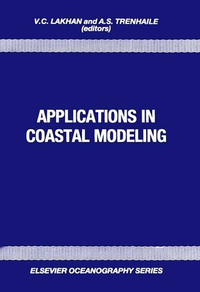 Applications in Coastal Modeling
Applications in Coastal Modelingby V.C. Lakhan
-

-
 Advanced Geological Map Interpretation
Advanced Geological Map Interpretationby F. Moseley
-
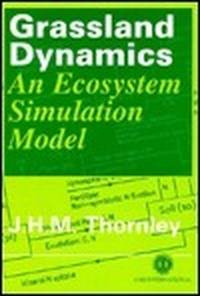 Grassland Dynamics: An Ecosystem Simulation Model
Grassland Dynamics: An Ecosystem Simulation Modelby John H.M. Thornley